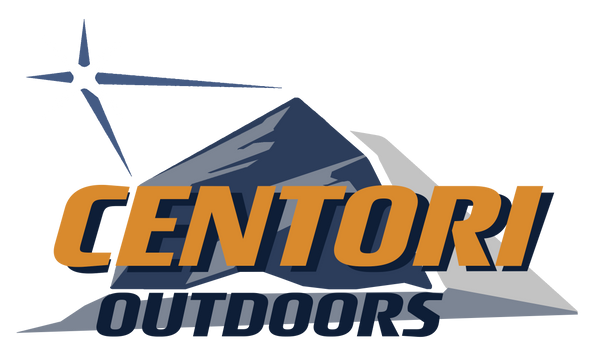Don't let your investment degrade! Skipping regular tent care can lead to problems that start small but rapidly worsen:
-
Mold & Mildew: The silent destroyer, often caused by packing a damp tent, leading to unsightly stains, fabric damage, and musty odors.
-
Persistent Odors: Especially prevalent in humid environments, these "funky smells" become incredibly difficult to eliminate once they set in.
-
Fabric Breakdown: Dirt, prolonged UV exposure, and even using the wrong cleaning products can prematurely degrade your tent's high-performance fabric.
-
Compromised Weatherproofing: Neglecting seam sealing or reproofing can lead to leaky seams or a complete failure of the waterproof coating, leaving you exposed to the elements.
-
Sticky or Broken Zippers: Dust, sand, and grime buildup are prime culprits for frustratingly sticky or completely seized zippers.
Your Essential Tent Cleaning Arsenal
Before you begin, gather these fundamental supplies:
-
Mild, Non-Detergent Soap: Crucial for preserving fabric integrity and delicate waterproof coatings. Look for tent-specific cleaners or pure castile soap.
-
Soft-Bristle Brush or Sponge: Effectively removes dirt and debris without scratching or damaging materials.
-
Lukewarm Water: Ideal for cleaning; avoid hot water, which can harm tent fabrics and coatings.
-
Microfiber Cloths: Excellent for gentle spot cleaning and efficient drying.
-
Seam Sealer: Essential for maintaining watertight seams.
-
Waterproofing Spray: Restores and reinforces your tent’s water repellency.
-
-
Cleaning Your Centori Roof Top Tent: Hardshell Models
Hardshell RTTs have unique needs for their robust exteriors:
-
Exterior Cleaning: For the hardshell casing, use automotive-grade cleaners that are suitable for the tent’s finish (e.g., fiberglass, aluminum). Apply with a soft sponge or cloth. Absolutely avoid abrasive materials that could scratch or dull the surface.
-
Waxing for Protection: For painted or gel-coat hardshells, consider applying a wax every six months. This creates a protective barrier against harmful UV rays, dirt, and environmental contaminants, keeping your hardshell looking great.
-
Interior Airing: While the hardshell protects the interior from elements, moisture can still accumulate inside. Periodically open your tent to air out the interior, especially after trips in humid conditions or if it's been closed for a long time. This prevents moisture buildup and mold inside the fabric tent portion.
Climate-Specific Maintenance Pro-Tips
-
Humid Climates: Your biggest enemy is moisture! Always ensure your tent is completely bone dry before storing it. Even if not in active use, air out the tent regularly—open it up on a dry, sunny day (but in the shade) to prevent mold and mildew.
-
Sunny Climates: UV is the primary concern. Limit prolonged exposure to direct sunlight when not in use. When drying, choose a shaded spot or covered by a RTT pretection cover. Utilize or apply UV-protectant sprays designed for outdoor fabrics to enhance your tent's resistance to sun degradation.
By consistently following these detailed cleaning and maintenance practices, you'll not only significantly extend the lifespan of your Roof Top Tent but also ensure it remains a reliable, comfortable, and adventure-ready shelter for countless journeys ahead. Keep your gear in top shape, and your adventures will be too!
Got more questions about Centori tent care? Reach out to our team or explore our FAQs!
#CentoriOutdoor #RoofTopTent #RTTCare #TentMaintenance #CampingLife #AdventureReady #GearCare #OutdoorLiving #CleanTent #Longevity #CentoriTips
-
